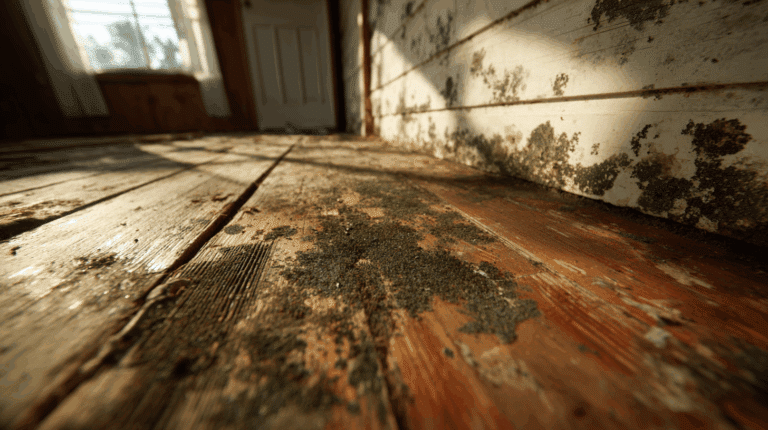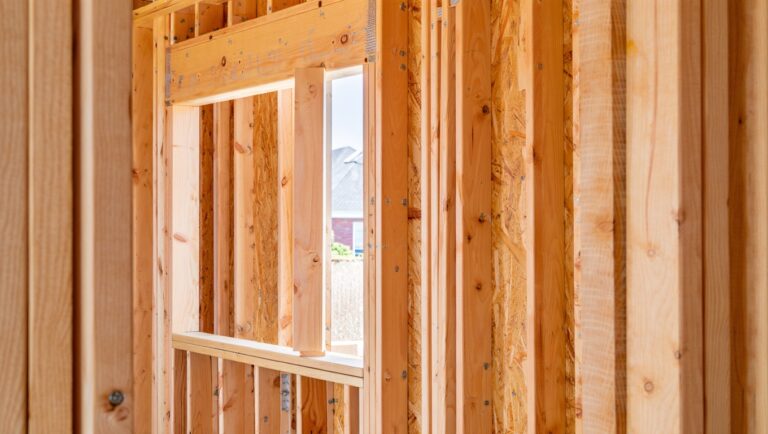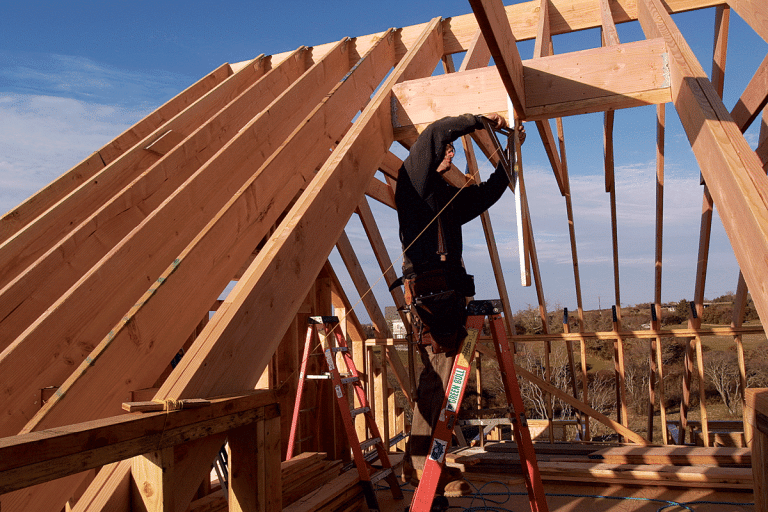When to Mow Your Lawn in Spring
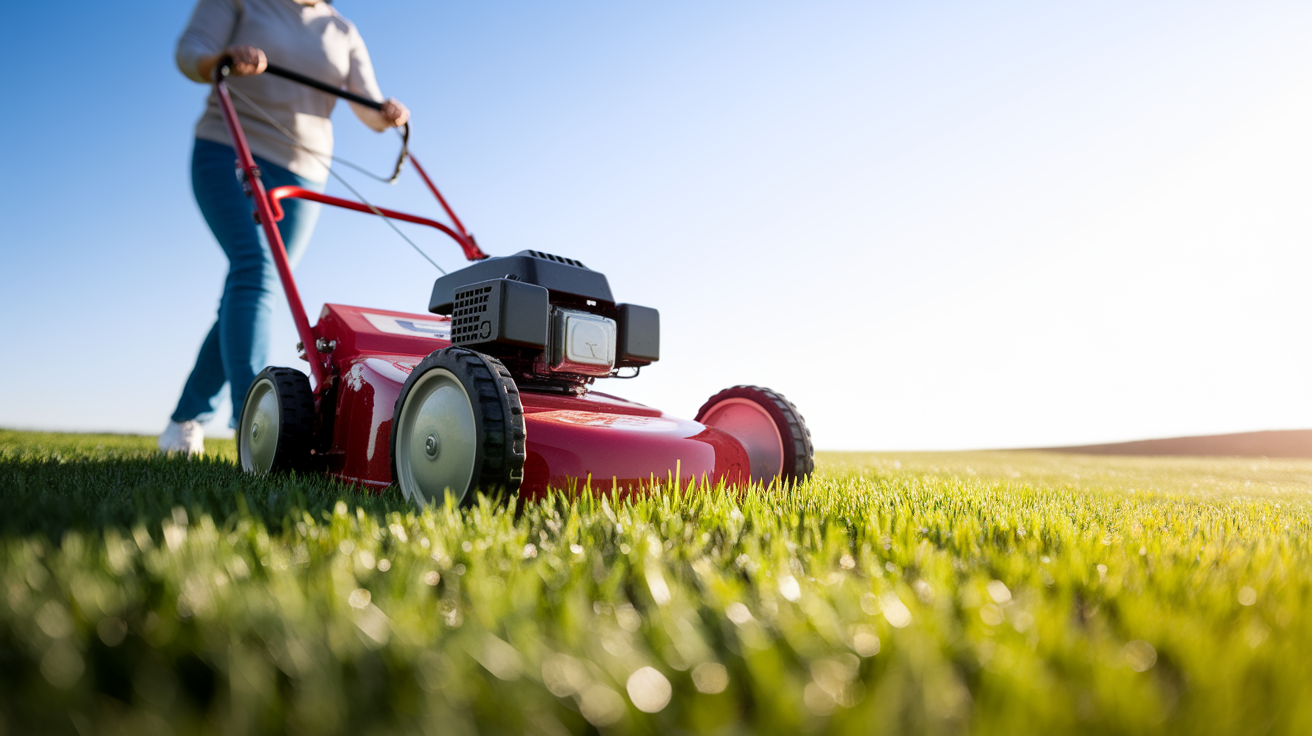
Are you looking for the right time to mow your lawn in spring? You’re not alone.
Spring lawn care timing can make all the difference between a patchy yard and a green, healthy one that makes your neighbors stop and look.
Getting the timing right for your first spring mow helps your grass grow thick and strong and reduces weeds.
When you mow at the right time, your lawn stays greener throughout the season. Wait too early or too late, and you might face brown spots or weak growth.
In this blog, you’ll learn exactly when to start mowing in spring based on grass type, weather signs, and soil conditions.
Also, for the best results, get tips on mowing height and how often to cut your grass during the spring months.
Why Timing Matters for Spring Mowing
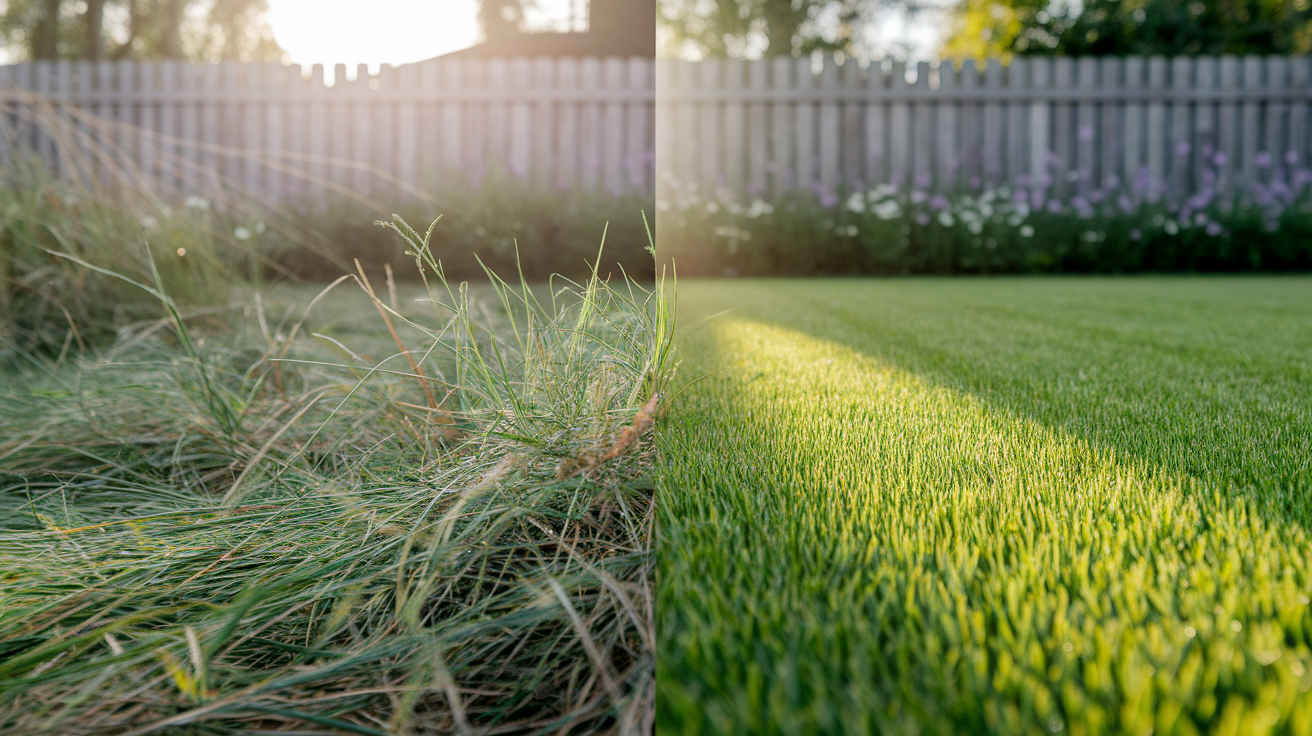
When those first warm days hit, it’s tempting to drag the mower out of the shed right away. Many homeowners feel the itch to start yard work as soon as the snow melts, but timing is everything for your lawn’s health.
Mowing too early can stress grass that’s just waking up from the harsh winters. The tender new shoots need time to build strength, and cutting them too soon leaves them weak.
On the other hand, waiting too long lets grass grow too tall. When you finally cut it, the shock can harm your lawn. Soil temperature plays a big role, too. Most grass types start growing when the soil hits about 50-65°F.
Different grasses wake up at various times – cool-season types like Kentucky bluegrass get going earlier than warm-season grasses such as Bermuda. Knowing your grass type helps you pick the right time for that first cut.
Signs Your Lawn is Ready for its First Spring Mow

Looking for the right moment to start mowing can be tricky. Here are clear signs that tell you when your grass is ready for that first cut of spring.
1. Watch the Grass Height
The most obvious sign is how tall your grass stands. When most blades reach about 2.5 to 3 inches in height, that’s your cue to start mowing.
At this height, the grass has stored enough energy in its roots to handle a trim without stress. The blades should look firm and upright, not flat or matted from winter snow.
A good rule is that if your grass is bending over from its own weight, it’s definitely time to mow.
2. Check the Weather Forecast
Temperature patterns matter more than single warm days. Your lawn is ready when daytime temperatures stay consistently above 50°F for at least a week.
Morning frost is a clear warning sign; if you’re still seeing frosty mornings, hold off on mowing—frost-damaged grass tears instead of cutting cleanly, which opens the door to disease.
Wait until you’ve had at least 5-7 frost-free days in a row.
3. Test Your Soil Moisture
Soggy soil and mowers don’t mix well. Walk on your lawn. If water squishes up around your shoes or your footprints stay clearly visible, the ground is still too wet.
Mowing on soggy soil can compact the earth and tear grass roots instead of cutting them. The soil should feel springy but firm.
Try the screwdriver test: If you can easily push a screwdriver 6 inches into the soil, it’s probably still too wet to support your mower without causing damage.
Ideal Timing Based on Grass Type
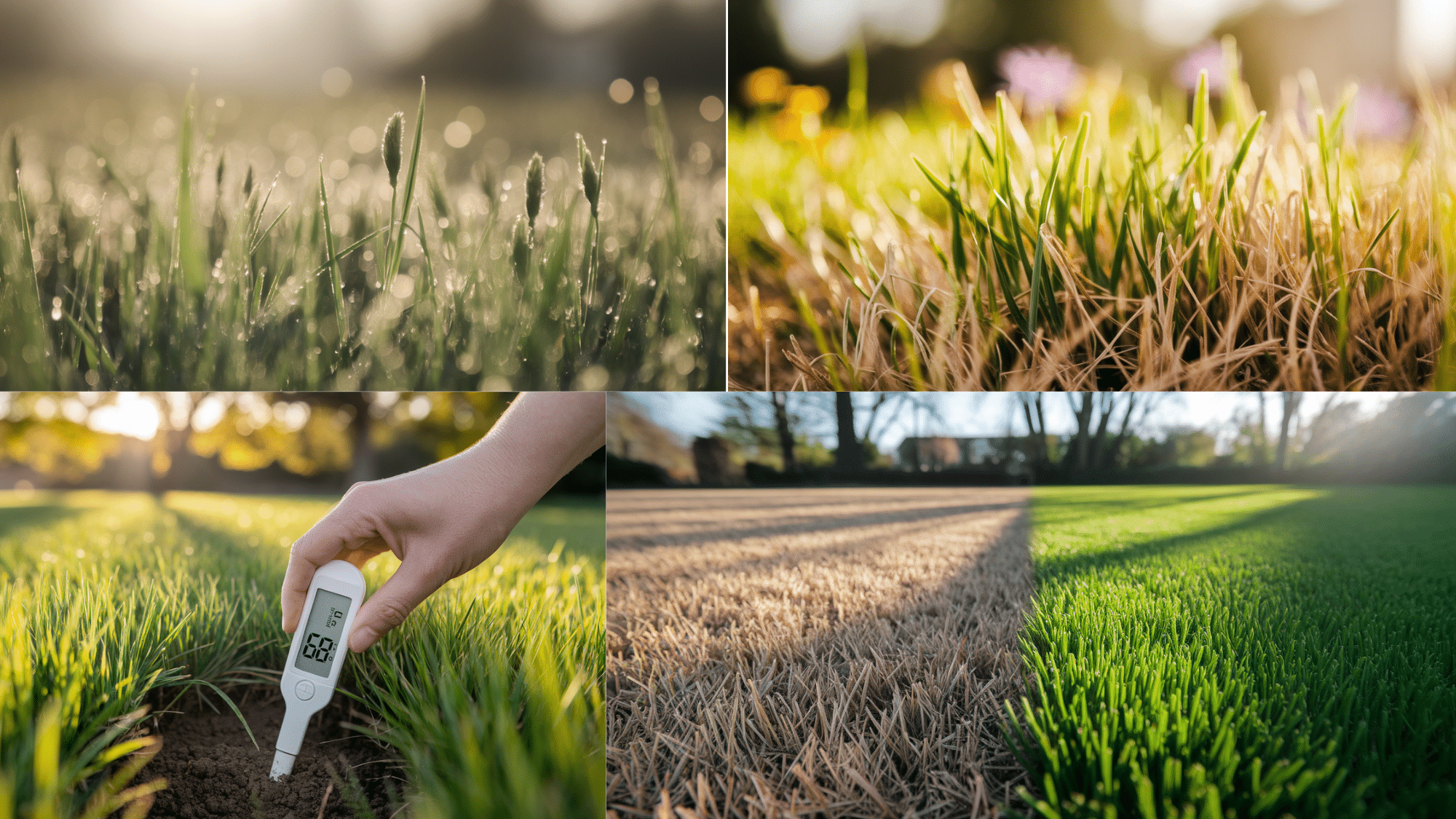
Different grass types wake up at their own pace in spring. Knowing what grows in your yard helps you decide when the first mow is just right.
1. Cool-Season Grasses
Kentucky Bluegrass, Fescues, and Ryegrass usually need the first mow earlier than other types. These grasses start growing when soil temperatures reach about 45-55°F, often in early to mid-spring.
For most northern areas, this means sometime in April. These grasses grow fast once they start, so keep an eye on them. They might need cutting when other plants in your yard are just starting to bud.
The good news is that Cool-season grasses handle earlier mowing well. You can cut them once they reach 2.5-3 inches tall, even if nighttime temperatures still dip into the 40s. Just make sure most frosts have passed.
2. Warm-Season Grasses
Bermuda, Zoysia, Buffalo, and St. Augustine grasses need much warmer soil – around 65-70°F – before they truly wake up.
This means your first mow might not happen until late April or even May, depending on your location. Cutting too early can damage their slower spring growth and lead to patchy spots.
A good rule is to wait until you see definite green growth across at least 50% of your lawn before mowing warm-season grasses. They’ll catch up quickly once the hot weather arrives.
3. Regional Considerations
Your location plays a huge role in timing. Folks in Georgia or Texas might need to mow warm-season grasses by early April, while the same grass in transition zones like Tennessee might wait until late April.
Northern states with cool-season grasses often see first mowing dates spread from early April to mid-May, depending on how far north you live.
Local weather patterns matter, too. A mild winter followed by a warm spring might push your mowing schedule up by two weeks or more.
How to Prepare Your Lawn Before the First Mow
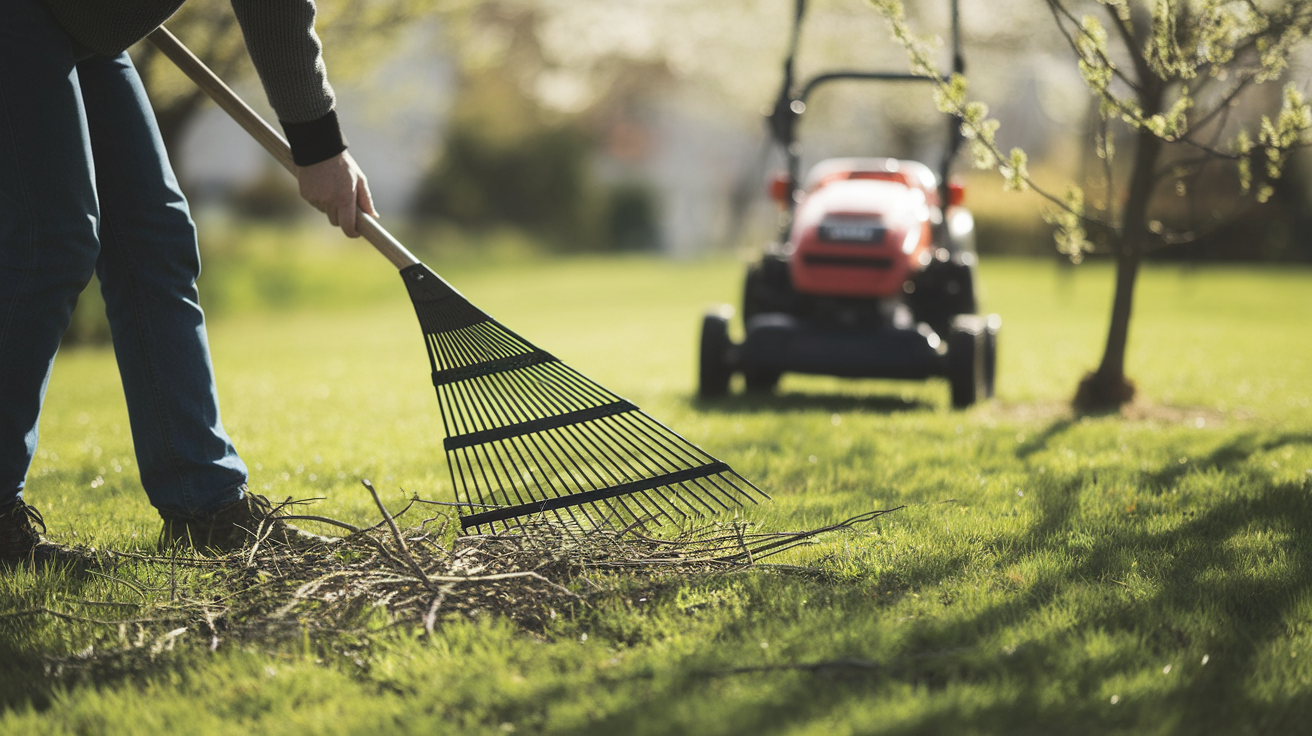
Getting your lawn ready before that first cut sets the stage for a healthy growing season. A bit of prep work makes mowing easier and helps your grass bounce back stronger.
- Clear Winter Debris and Sticks: Winter leaves a mess behind. Remove fallen branches, leftover leaves, and trash that blew in during winter storms. If left under fresh grass, these can damage your mower blades or leave dead spots.
- Rake Matted Areas Gently: Snow can press grass flat in patches. A light raking raises these areas so the mower can cut them evenly. Don’t rake too hard; just enough to fluff up flattened spots.
- Check for and Fill Small Holes or Low Spots: Freezing and thawing often create dips in the lawn. Fill these with a mix of topsoil and compost to create an even surface. This prevents scalping when you mow.
- Test Your Mower Before Mowing: Start your mower and let it run for a few minutes before the first cut. Check that it starts easily and runs smoothly. This gives you time to fix any issues before your grass gets too tall.
- Sharpen Mower Blades: Dull blades tear grass instead of cutting it cleanly. Sharp knives make clean cuts that heal quickly. Most hardware stores offer sharpening services if you don’t want to do it yourself.
- Adjust Mower Height for Spring Conditions:Set your mower slightly higher for the first cut – about 1/2 inch higher than your normal summer height. This reduces stress on grass that’s just starting active growth.
- Apply Pre-Emergent Weed Control if Needed: Early spring is often the right time for weed preventers. For best results, apply these at least a week before your first mow.
Best Mowing Practices for Early Spring
The way you mow in early spring affects how your lawn grows all season. These practices help your grass build strength after the winter season.
- Follow the One-Third Rule: Never cut off more than one-third of the grass blade in a single mowing. Cutting too much at once stresses the grass and can slow root development. If your lawn gets very tall, you might need multiple cuts a few days apart.
- Mow When the Grass is Dry: Wet grass clumps under the mower and cuts unevenly. Wait until the dew has dried, usually by mid-morning or afternoon. Dry grass also reduces the spread of lawn diseases.
- Change Mowing Patterns Each Time:Cutting in the same direction repeatedly can cause grass to lean and soil to compact. Switch directions with each mowing to keep the grass growing upright and healthy.
- Leave Clippings for the First Few Mows: Early spring clippings break down quickly and return nutrients to the soil. They act as a light fertilizer just when your lawn needs it most. Only bag if the grass is diseased or extremely long.
- Mow Higher than in Summer: Set your mower about 2.5-3 inches high for most cool-season grasses in spring. Taller grass develops deeper roots and crowds out early weeds. You can lower the height slightly as summer approaches.
- Take It Slow on the First Cut:
- Check the Forecast Before Mowing: Avoid mowing right before a cold snap or frost. Freshly cut grass is more expose to temperature damage. Wait until the weather stays consistently mild for several days after mowing.
Move at a slower pace for the first mowing. This gives the mower time to cut cleanly without tearing or pulling young grass. Your lawn will recover faster from a gentle first cut.
Conclusion
Pay attention to the signs your lawn gives you. Watch for consistent 2.5-3 inch growth, check that your soil isn’t soggy, and make sure frosts have passed. Then, follow good mowing practices, like cutting at the proper height and leaving those first clippings as natural fertilizer. Most lawn problems start with simple timing mistakes that are easy to avoid. With the tips in this blog, you’ll know exactly when to start mowing this spring.

